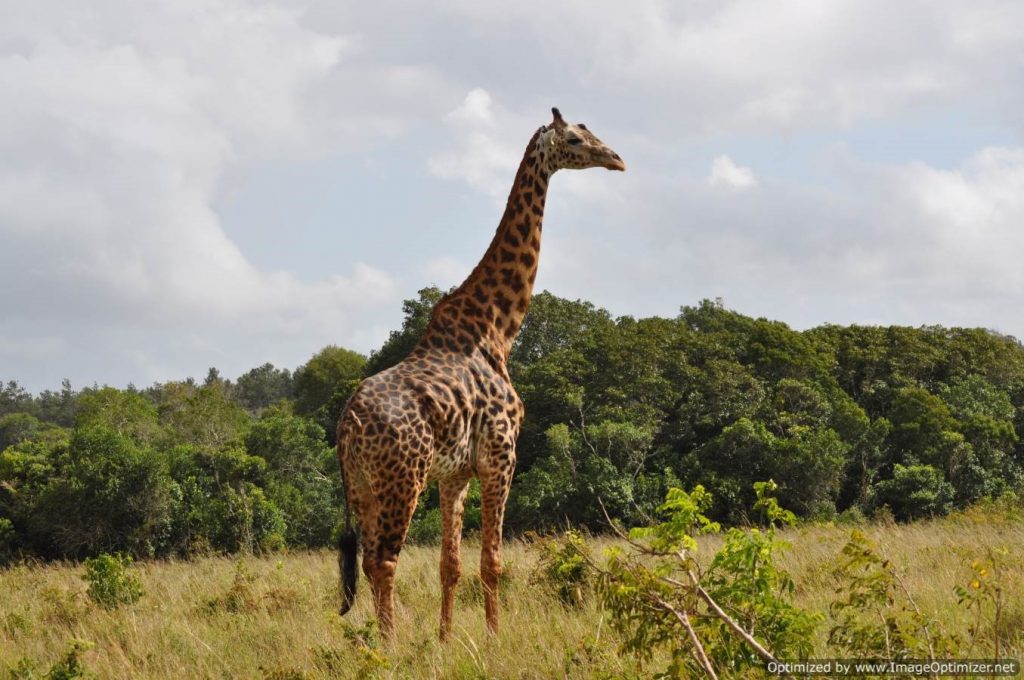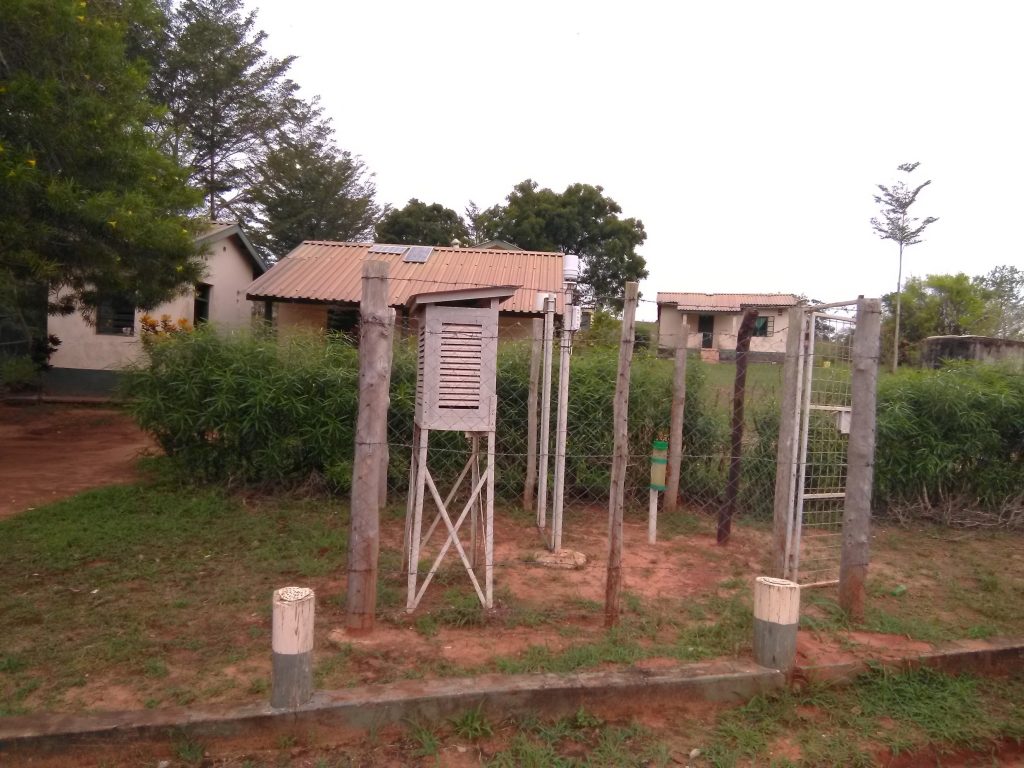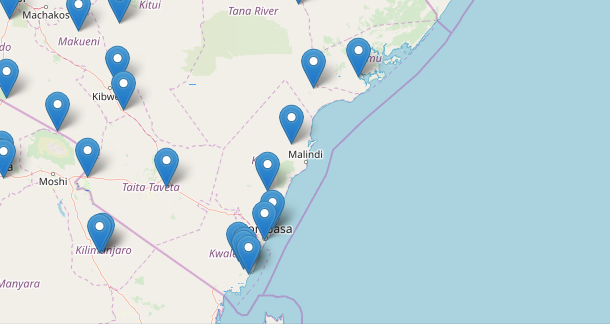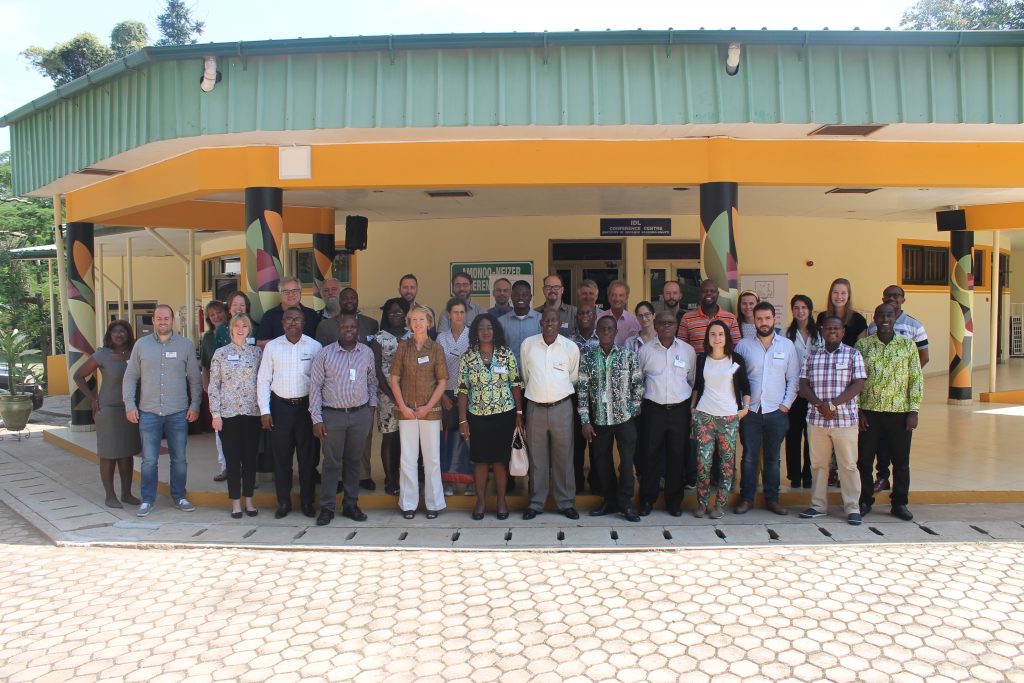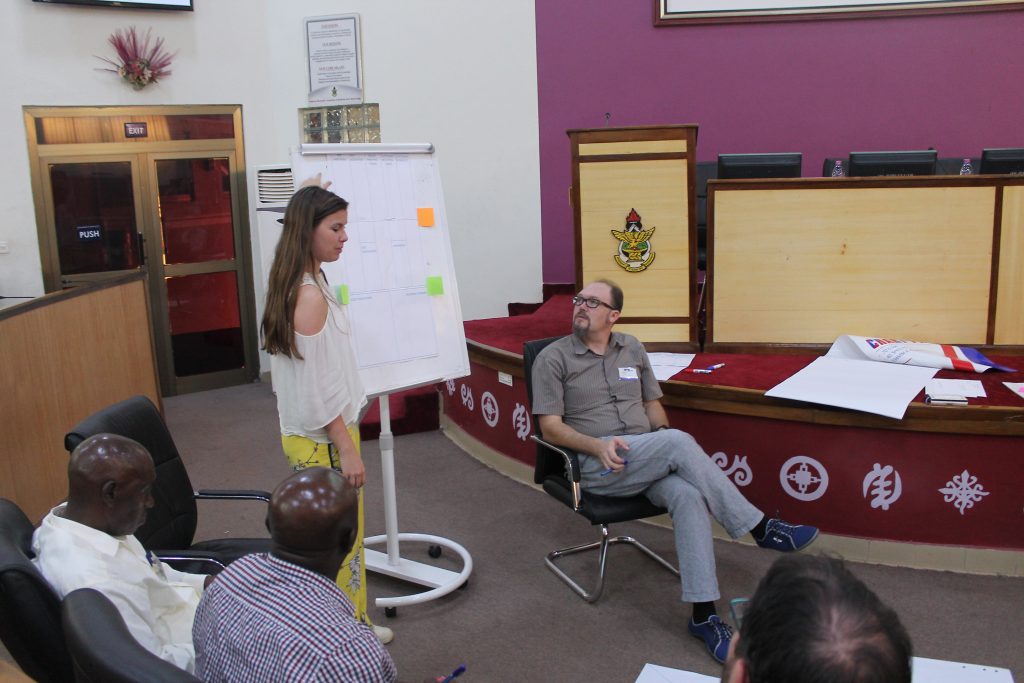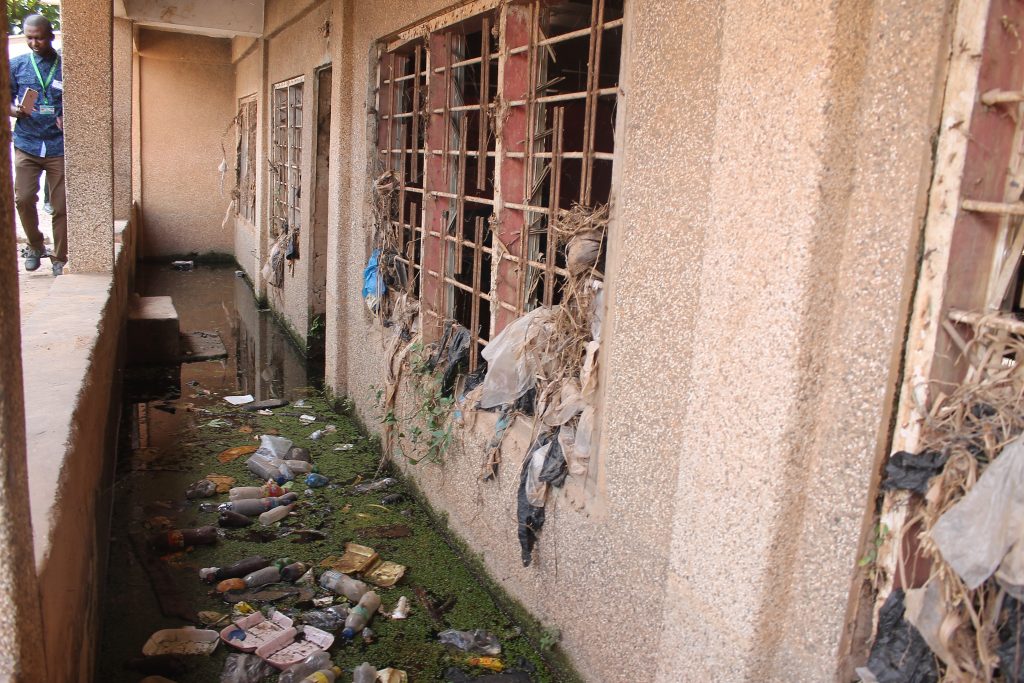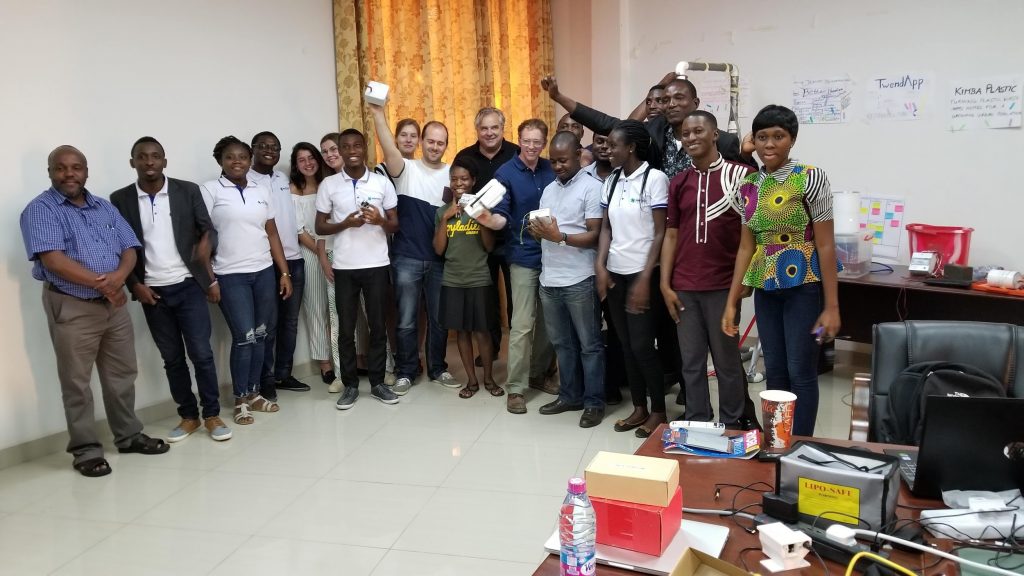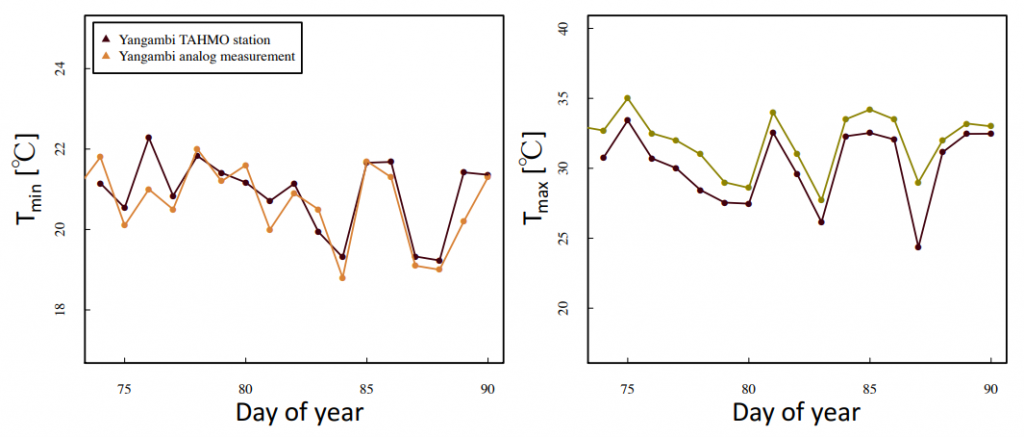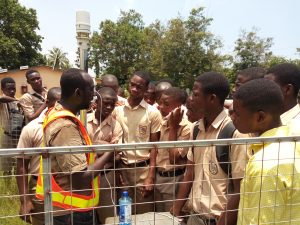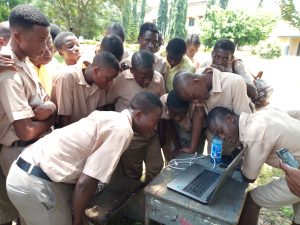With climate change increasing its mark on all aspects of the hydrological cycle, societies all over the world living in flood-prone areas are increasingly exposed to flood hazards. In many parts of the world,
especially in less developed areas, societies lack knowledge and data to predict future flood events.
By predicting a future flood event, an organization creates a time frame to implement a mitigating action that reduces the financial damage inflicted. In recent years, the development of new measuring techniques has significantly lowered the cost of collecting data and information on different aspects of the hydrological cycle.
These developments enable organizations in regions restrained of knowledge and data to establish methods to analyze aspects of the hydrological cycle, thereby predicting the probability of a flood hazard several hours or days in advance. This thesis explores various possibilities for designing and implementing an Early Warning System (EWS) for the Bus Rapid Transport System (BRT) in Dar es Salaam.
The EWS design is based on the forecasting requirements, investigated with the BRT-system. Several operational forecasting methods are available. The EWS designed in this thesis makes use of rainfall data obtained from rainfall stations located in the Dar es Salaam region, installed and managed by the Trans-African Hydro-Meteorological Observatory (TAHMO).MoreFinal_Thesis_Markus_Pleij_4238001

